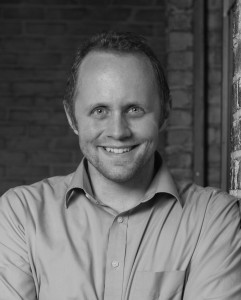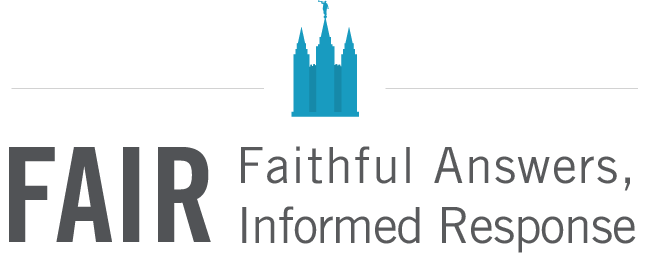Podcast: Download (56.7MB)
Subscribe: RSS
 Margaret Blair Young was raised in the Church and learned the standard Mormon clichés and customary phrases of a Mormon testimony. As a child, she could imitate the strokes and expressions of Mormonism well, in time she came to understand these were expressions of an immature, inexperienced faith. Time propelled her further into the faith. In time she began to be immersed in more controversial areas of LDS history: race issues and the priesthood restriction, keeping those of African lineage from receiving the priesthood or temple blessings for over a century. She wrote three books and made two documentaries on these subjects with Darius Gray, a black man who joined the Church in 1964, fourteen years before the restriction was lifted.
Margaret Blair Young was raised in the Church and learned the standard Mormon clichés and customary phrases of a Mormon testimony. As a child, she could imitate the strokes and expressions of Mormonism well, in time she came to understand these were expressions of an immature, inexperienced faith. Time propelled her further into the faith. In time she began to be immersed in more controversial areas of LDS history: race issues and the priesthood restriction, keeping those of African lineage from receiving the priesthood or temple blessings for over a century. She wrote three books and made two documentaries on these subjects with Darius Gray, a black man who joined the Church in 1964, fourteen years before the restriction was lifted.
Margaret Blair Young is the past president of the Association for Mormon Letters and has published eight books—novels and short stories. Three of these were co-authored with Darius Gray and give the history of Black Latter-day Saints. She and Gray also made the documentary Nobody Knows: The Untold Story of Black Mormons. She has written six encyclopedia articles and other scholarly papers on Blacks in the western USA, and particularly on Black Mormons. She used to teach creative writing at BYU but now travels the world in her off time.
Questions addressed during the interview:
You just got back from Africa. Where were you and what were you doing there?
How is the church doing in Africa? What is it like on a day to day basis?
What are some of the difficult questions or situations for which the African Saints are seeking answers or solutions?
There is an article on your blog through patheos, The Welcome Table, the article is entitled Developing Spiritual Taste. In your world travels and in your film directing efforts on church related themes, you have no doubt encountered critics or at least statements that seem to be critical of at least perceptions of church doctrines and culture. You even address the motivation for the article, at least in part, by offering this brief anecdote: When I was in my late twenties, someone said to me, “You’re too smart to be a Mormon.” Clearly, I’m not. But the picture of Mormonism this person had in mind does not represent the kind of Mormonism I live.” What is the kind of Mormonism that you live, the kind that you layout in this article?
You talk about, in your Mormon Scholars Testify Page, a story where your husband once gave you a priesthood blessing during a particularly trying moment. He said these words: “I bless you that your memories will be sanctified as the larger picture unfolds, and you will view all of the difficulties and trials you’re enduring now with gratitude and love.”This is the blessing of perspective. It illuminates not only my personal history, but the hard historical episodes of my religion. What has that blessing meant in your research into as you put it, the more controversial parts of Mormon History?
Margaret Blair Young is the author of several titles as well as director and producer of several documentaries on the history of Black members of the Church of Jesus Christ of Latter-day Saints.

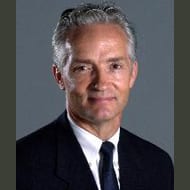
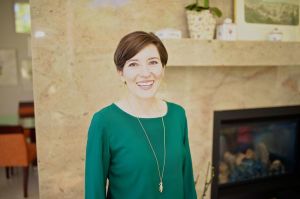

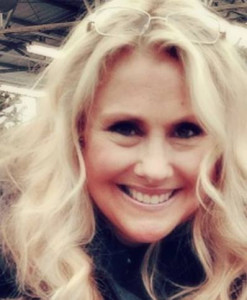
 niversity with a degree in Journalism with an emphasis in public relations and corporate communications. After graduating she interned for the Church Public Affairs Office and also worked for the Church’s Office of International and Governmental affairs in Washington D.C.
niversity with a degree in Journalism with an emphasis in public relations and corporate communications. After graduating she interned for the Church Public Affairs Office and also worked for the Church’s Office of International and Governmental affairs in Washington D.C.